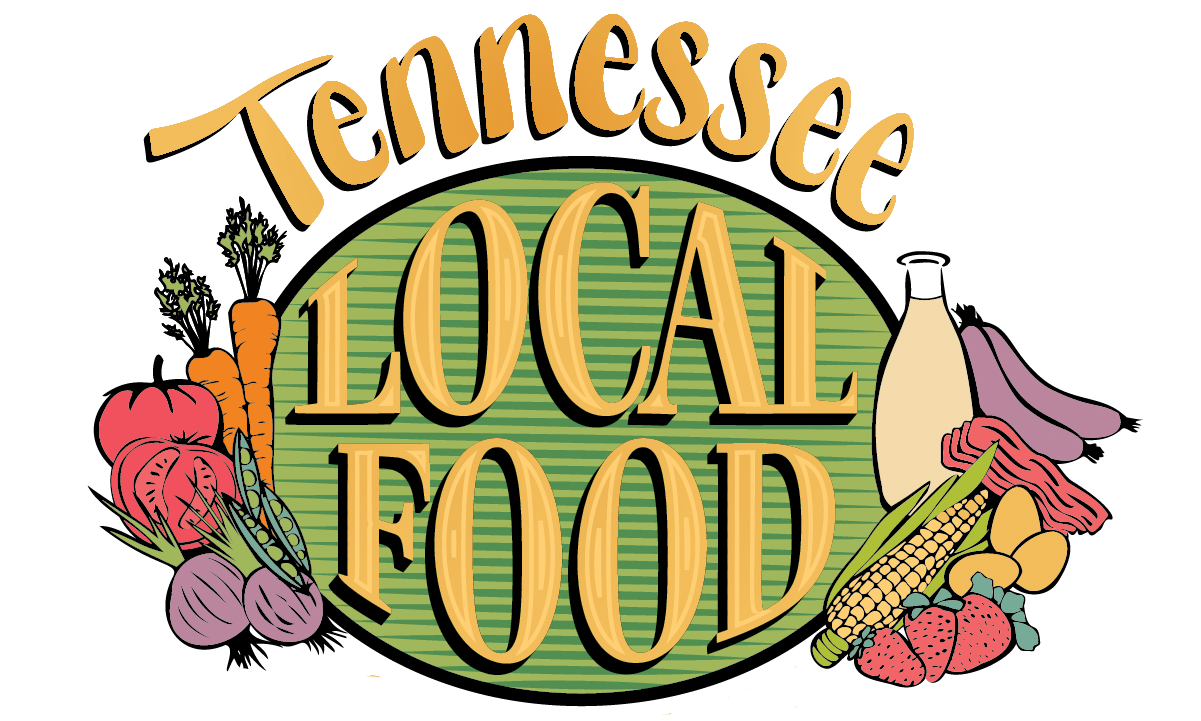How to Maintain Your Caterpillar High Tunnel
By Nick Massey
Are you making the most of your high tunnel investment by conducting routine inspections? Late winter is the perfect time to do this before things get out of hand with the spring rush. The weather is nice and enthusiasm is high!
Maintaining a caterpillar high tunnel can be done with an annual inspection of key components such as hardware, bows, end wall framing, ropes, and plastic covering to ensure structural integrity and optimal conditions for plant growth and protection. This proactive approach serves to protect the investment in the tunnel infrastructure, and it reduces stress during the busy season by preventing potential issues before they escalate.
Inspect Hardware. When inspecting hardware, look over the tunnel thoroughly. Anchor plates can be bent, but should not be worn, cracked or contain excessive corrosion. EZ-Clips or carabiners, brace bands, side curtain hooks, end wall brackets, and cross connectors should be inspected for excessive corrosion, misalignment, damage, wear and tear, and proper fit. All bolts should be tightened as necessary.
Inspect Bows, Purlin, and Corner Braces. The bows, or ribs as they are commonly called, are the primary source of structural integrity, and the purlin and corner wind braces are their unifying support system. Each bow, purlin, and corner wind brace should be inspected for excessive corrosion, crimping at the joints, and general wear and tear. A screw should be present at each joint and securely fastened.
Inspect End Wall Framing. The end wall framing could be wood or steel. In either case, they will need to be inspected for excessive rot or corrosion, misalignment, damage like splitting or cracking, and general wear and tear. Additionally, single channel for spring wire should be inspected for gaps between the bow and the channel. The spring wire channel should be securely fastened to the bow.
Inspect Rope and Purlin Strap. The rope on caterpillar tunnels are an essential and critical component. The rope is what protects the plastic from billowing, and it is solely responsible for keeping the structure secured to the ground. The rope and purlin strap should be inspected for fraying, brittleness, and excessive rigidity. The rope can be repaired by cutting and retying. Replacement should be considered every two to three years.
Inspect Plastic. The greenhouse plastic serves as the protective barrier between harmful elements of nature and your crops. Inspect for holes needing repair with greenhouse repair tape, or consider replacement due to excessive damage (holes that cannot be repaired with greenhouse repair tape) or excessive staining (prevents adequate sunlight to plants). Replacement should be considered every four to five years.
In conclusion, maintaining a caterpillar high tunnel is essential for maximizing your investment and ensuring successful crop growth. Conducting routine inspections, especially during late winter when weather conditions are favorable, allows for proactive identification and resolution of potential issues before the busy spring season. By carefully examining key components such as hardware, bows, end wall framing, ropes, and plastic covering, and addressing any issues promptly, you can preserve the structural integrity of your high tunnel and create optimal conditions for plant growth and protection. With regular maintenance and attention to detail, you can ensure the longevity and effectiveness of your caterpillar high tunnel for years to come.
Any replacement parts like tunnel hardware, bows, purlin, corner braces, rope, greenhouse plastic, or greenhouse repair tape can be purchased at www.FarmersFriend.com.
In the Field High Tunnel Inspection Checklist:
Hardware:
EZ-Clips or Carabiners
Brace Bands
Side Curtain Hooks
Cross Connectors
Nuts and Bolts
End-wall Brackets
Bows:
Corrosion
Joint crimping
Screws securely in place
Purlin:
Corrosion
Joint crimping
Screws securely in place
Corner Wind Braces:
Corrosion
Joint crimping
Screws securely in place
End Wall Framing:
Excessive rot or corrosion
Misalignment
Damage (splitting or cracking)
General wear and tear
Rope:
Fraying
Brittleness
Excessive rigidity
Purlin Strap:
Fraying
Brittleness
Excessive rigidity
Plastic:
Holes
Staining
Excessive damage
About the Author
Nick Massey is the Product Manager at Farmers Friend, where their mission is to equip, educate and inspire growers to change the world through regenerative agriculture.
Learn more at www.farmersfriend.com.
